Over the past few years, Alphabet’s Project Loon team has been working hard to prove that it would be able to provide wireless internet connectivity to rural and remote areas around the globe through balloons which circumvent the globe. The team quickly proved that they could control the navigational bath of the balloons by increasing or decreasing the air inside of them.
While Project Loon’s engineers and machine learning algorithms slowly got better, they recently stumbled upon an irregularity which has a dramatic impact on the project.
By early 2016, the team was seeing a few balloons behave in a slightly weird way: lingering in an area rather than sailing away. In the weirdness, they saw opportunity. They asked themselves the once-impossible question: could our algorithms help the balloons to stay much closer to the location they were already in? In mid 2016, we started sending balloons from our launch site in Puerto Rico to hang out in Peruvian airspace — and they did, some for as long as three months. We repeated the experiments, and saw the same results: we had figured out how to cluster balloons in teams, dancing in small loops on the stratospheric winds, over a particular region.
https://www.youtube.com/watch?v=eHCKL-fCmk8
Rather than deploying thousands of balloons which circumvent the entire globe in an effort to provide internet access for specific regions, Project Loon can now keep those balloons stationary over a region. This development could reduce deployment costs by 90% since, allowing Project Loon to be a commercially viable option for internet providers who would be interested in partnering with Alphabet to deploy wireless internet access in remote areas.
The Project Loon team still has a lot of testing planned, but Alphabet may already be working on plans which would allow the company to recuperate the millions of dollars it has invested on the project so far.
How soon do you think we’ll see Project Loon used to provide internet access to consumers?

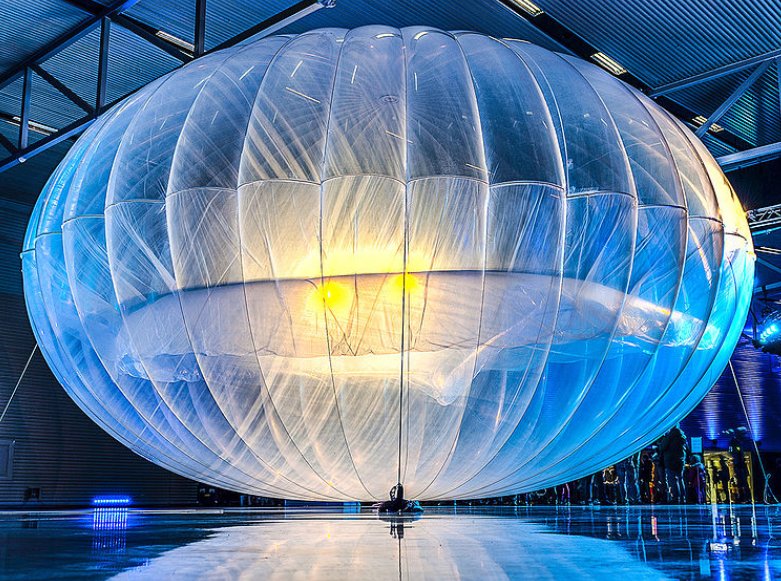




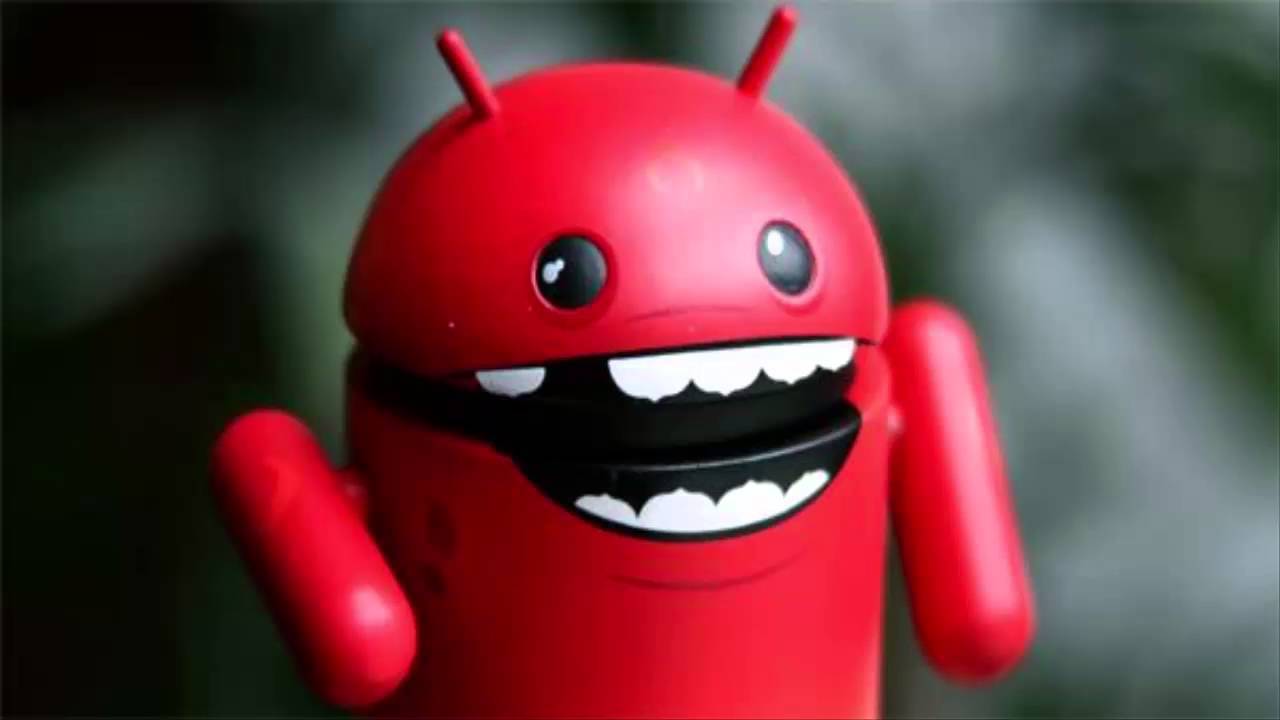
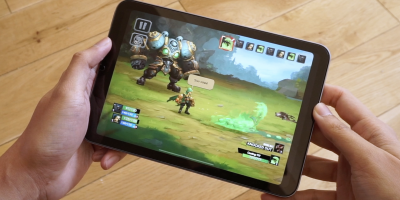
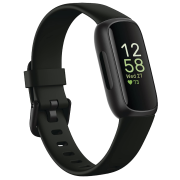
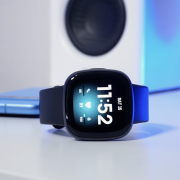


Comments